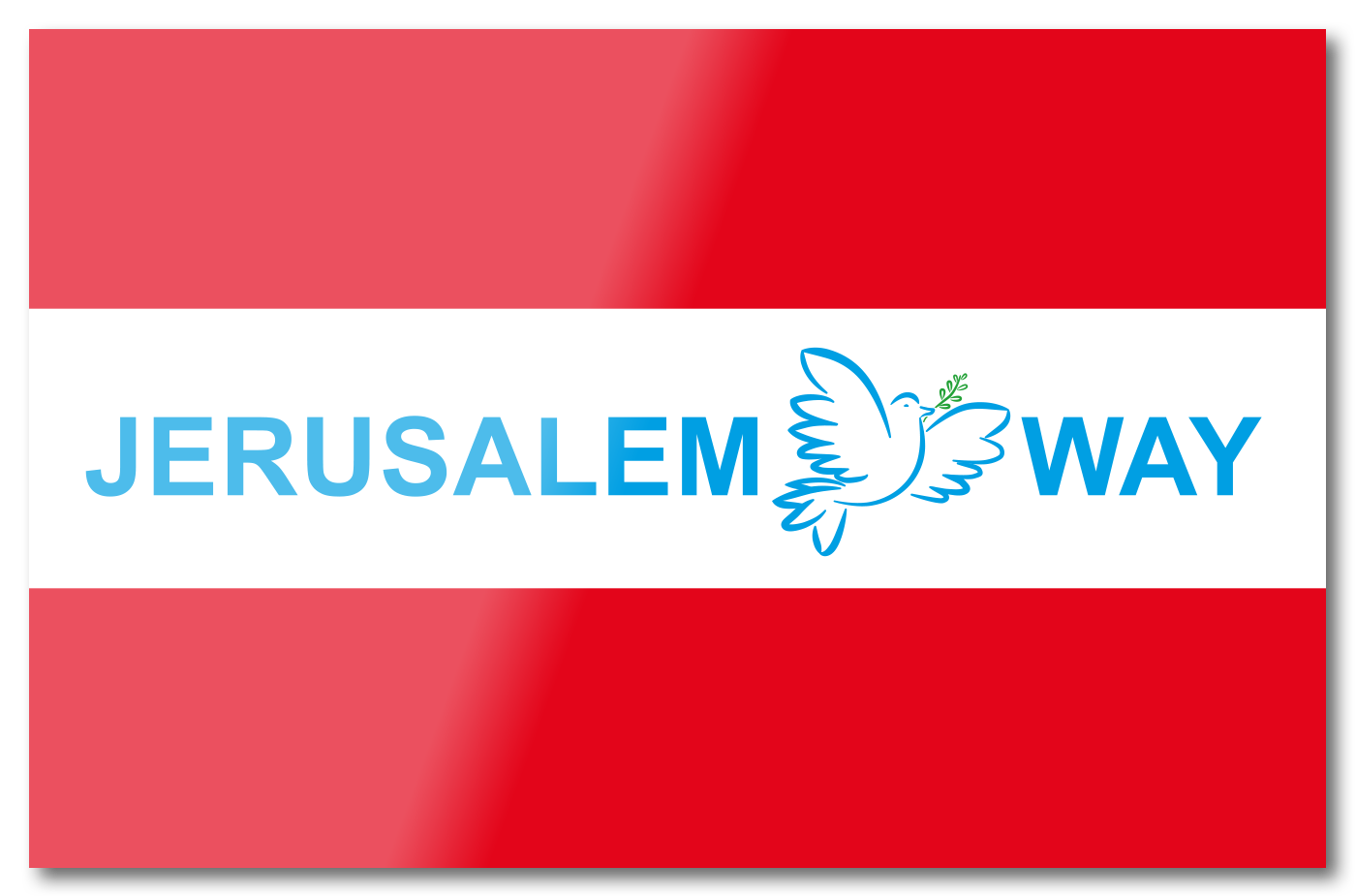The third crusade
Since we had decided from the outset to also follow the traces of the Third Crusade into the Holy Land, we took a close look at the relevant backgrounds.
The trigger for the Third Crusade is the conquest of Jerusalem by Sultan Saladin on October 2, 1187, which had been in the hands of Christians since the First Crusade. Emperor Friedrich I. Barbarossa set out from Regensburg on May 11, 1189 with a huge army to recapture Jerusalem. He chose the path along the Danube. In 1190, the King of France, Philip II, and the King of England, Richard I the Lionheart, set out for Palestine with their armies. After the joint start, the armies separated in order to get to the Holy Land by sea from Marseille and Genoa.
When Friedrich and his army crossed the border to the Byzantine Empire, the agreed support from the Byzantine ruler Isaac was no longer felt; on the contrary, the Crusaders were repeatedly exposed to attacks. Only the threat to attack Constantinople had an effect and finally ships and food were made available for the crossing of the Crusader army over the Hellespont.
Finally, in Asia Minor, from Laodicea, the army was ambushed repeatedly by the Seljuks. The long journey, the heat, the food shortage and the exhaustion also made themselves felt. The army began to wear itself out. Nevertheless, on May 18, 1190, the Crusader army succeeded in defeating the Turks and taking Iconium, today's city of Konya.
At the end of May, Frederick and his army reached the allied Armenian Kingdom of Cilicia.
On the way through the Taurus Mountains, Friedrich Barbarossa drowned in the Saleph mountain river near today's town of Silifke. The body was subsequently buried, the army gradually dissolved. Some returned to Europe, while the rest of them moved to Akkon with Friedrich's son to besiege the city of Akkon with the armies of Philip II and Richard I. Acre could be conquered, this is considered the great but also the only success of the Third Crusade: Jerusalem remained in the hands of Saladin - the goal of recapturing Jerusalem was not achieved.












